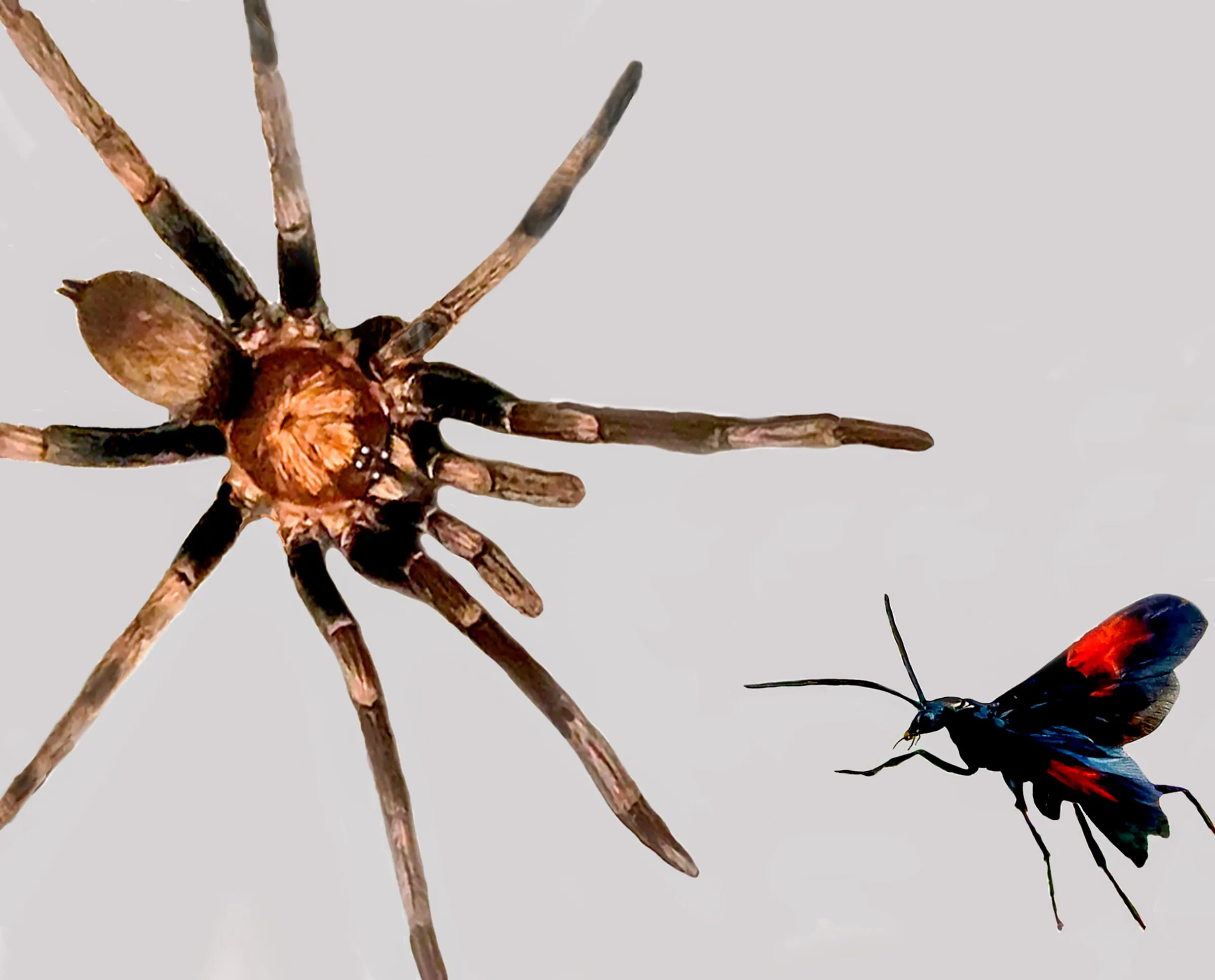Weta vs Tarantula: 7 Amazing Facts
The natural world is full of incredible creatures, and among them, the weta and the tarantula stand out. Both are arthropods, but they belong to different orders, representing fascinating examples of evolution and adaptation. This article delves into a head-to-head comparison, exploring seven amazing facts about these creatures, from their physical characteristics and habitats to their diets, defense mechanisms, lifespans, and conservation status. Prepare to be amazed by the intricacies of these fascinating creatures!
1. Size and Appearance
The first point of comparison involves their physical attributes. Wetas, endemic to New Zealand, are among the heaviest insects in the world. Some species can grow to be over 10 cm (4 inches) in body length, not including their legs and antennae, and weigh more than 70 grams. Their appearance varies greatly depending on the species, but they generally have a robust body, large mandibles, and powerful legs for jumping and climbing. Their color ranges from brown to green, which provides camouflage in their natural environments. This diversity in size and appearance across the many weta species is a testament to their adaptability.
Weta Physical Characteristics

Wetas are well-armored insects, with a tough exoskeleton. Their large size and powerful legs make them formidable in their environment. Some species have spiky legs to help them climb and grip surfaces. Their mandibles are strong, used for both eating and defense. The color helps them to blend in with their surroundings, aiding in both predator avoidance and ambush predation. This camouflage is a key survival strategy in their native habitats. The weta’s physical characteristics highlight its adaptation to a life of survival in various challenging environments. (Image: weta-size.webp)
Tarantula Physical Characteristics
Tarantulas, on the other hand, are large, hairy spiders. Their size varies by species, with some reaching a leg span of over 30 cm (12 inches). They have eight legs, two pedipalps (used for sensing and manipulating prey), and two chelicerae (fangs) for injecting venom. Their bodies are divided into two main parts: the cephalothorax (head and thorax fused) and the abdomen. Tarantulas come in a wide range of colors and patterns, and they often have urticating hairs on their abdomen, which they can flick off to deter predators. Their physical features are designed for hunting and survival. (Image: tarantula-size.webp)
2. Habitat and Distribution
The habitats of wetas and tarantulas are quite distinct, reflecting their different evolutionary paths and ecological niches. Understanding their geographical distribution provides insight into their survival strategies and environmental adaptations.
Where Wetas Live
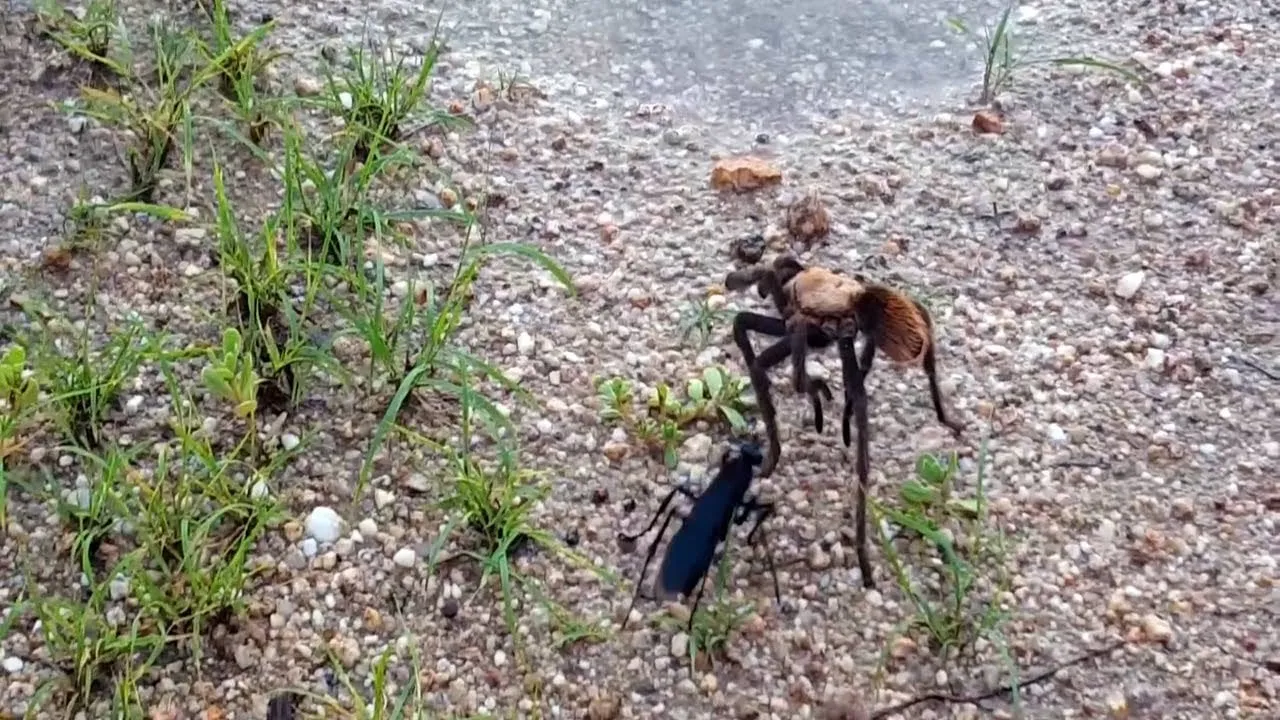
Wetas are primarily found in New Zealand, with a few species inhabiting Australia. They occupy a variety of habitats, including forests, grasslands, caves, and even urban areas. Different species have adapted to specific environments; some are arboreal, living in trees, while others are ground-dwelling. Their distribution is heavily influenced by factors like temperature, humidity, and the availability of food. The variety of weta species reflects their ability to colonize diverse ecological niches, making them a key component of New Zealand’s unique biodiversity. (Image: weta-habitat.webp)
Tarantula’s natural habitat
Tarantulas are found in tropical and subtropical regions worldwide, including the Americas, Africa, Asia, and Australia. They prefer warm, humid environments. Their habitats vary depending on the species, from rainforests and grasslands to deserts. Some tarantulas are terrestrial, living in burrows they dig themselves, while others are arboreal, living in trees. The distribution of tarantulas is influenced by factors such as climate, the availability of prey, and the presence of suitable shelter. Their adaptability to diverse environments is a testament to their survival skills. (Image: tarantula-habitat.webp)
3. Diet and Feeding Habits
Both wetas and tarantulas are predators, but their diets and feeding habits differ significantly. These differences reflect their respective adaptations to their environments and the availability of resources.
What Wetas Eat
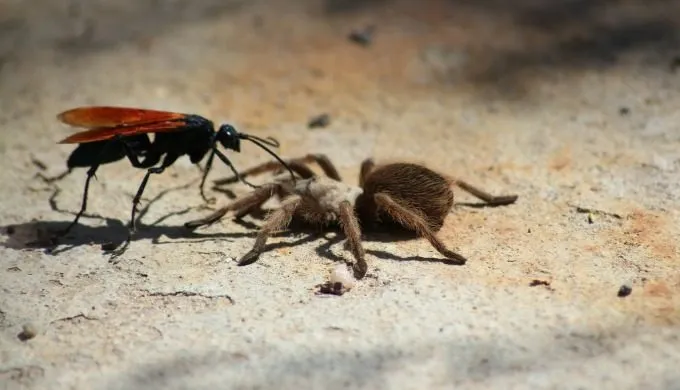
Wetas are omnivores, meaning they eat both plants and animals. Their diet includes leaves, fruits, seeds, and other insects. They are often opportunistic feeders, consuming whatever is available in their environment. Some species are primarily herbivores, while others are more carnivorous, feeding on smaller insects and other invertebrates. Their varied diet reflects their ability to survive in different environments and adapt to changing food sources. (Image: weta-diet.webp)
Tarantula Dietary Needs
Tarantulas are primarily carnivorous, feeding on insects, small mammals, birds, and sometimes even other spiders. They are ambush predators, waiting patiently for prey to come within striking distance. They inject venom to immobilize their prey, then use their chelicerae to crush and consume it. Their diet consists mainly of live prey, reflecting their predatory lifestyle. The diet of a tarantula depends on its size and the availability of prey in its habitat. (Image: tarantula-diet.webp)
4. Defense Mechanisms
Both wetas and tarantulas have developed various defense mechanisms to protect themselves from predators. These strategies help them survive in their respective environments and avoid becoming a meal.
Weta’s Defense Strategies

Wetas have several defense strategies. Their large size and powerful mandibles allow them to bite and deter predators. Some species can also jump or kick to escape danger. Their camouflage, blending in with their surroundings, is a primary defense mechanism. They may also play dead as a last resort. The weta’s defenses are designed to avoid being detected, captured, or consumed. (Image: weta-defense.webp)
Tarantula’s Defense Strategies
Tarantulas primarily rely on a combination of camouflage, urticating hairs, and venom for defense. Their hairy bodies can blend in with their surroundings, making them difficult to spot. When threatened, they can flick urticating hairs from their abdomen, which irritate the skin and eyes of potential predators. They also use their fangs to bite and inject venom. Their defensive arsenal is designed to deter predators and ensure their survival in the wild. (Image: tarantula-defense.webp)
5. Lifespan and Reproduction
The lifespans and reproductive strategies of wetas and tarantulas also differ significantly, reflecting their unique evolutionary paths and adaptations.
Weta Life Cycle
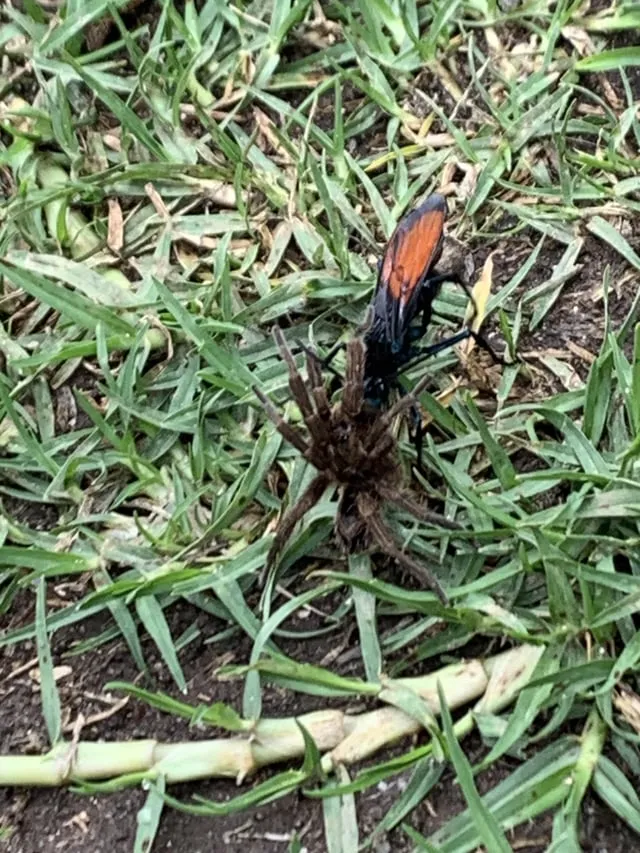
Wetas typically undergo incomplete metamorphosis, meaning their young (nymphs) resemble the adults but are smaller and lack wings. They molt their exoskeleton as they grow, increasing in size with each molt. The lifespan of a weta varies by species, but it can range from several months to a few years. Their reproductive cycle involves mating and laying eggs, which hatch into nymphs. The duration of their lifecycle is heavily influenced by environmental factors like temperature and food availability. (Image: weta-life-cycle.webp)
Tarantula Reproduction
Tarantulas undergo complete metamorphosis. Females lay eggs in a silken egg sac, which they guard carefully. The spiderlings hatch and go through several molts as they grow. The lifespan of a tarantula is significantly longer than that of many insects, with females living for up to 25 years or more. Male tarantulas have shorter lifespans, typically only a few years. Their reproductive cycle involves elaborate mating rituals, and females often cannibalize the males after mating. (Image: tarantula-reproduction.webp)
6. Venom and Bites
The presence and effects of venom, as well as the nature of their bites, are another important aspect to compare between wetas and tarantulas.
Are Weta Bites Dangerous
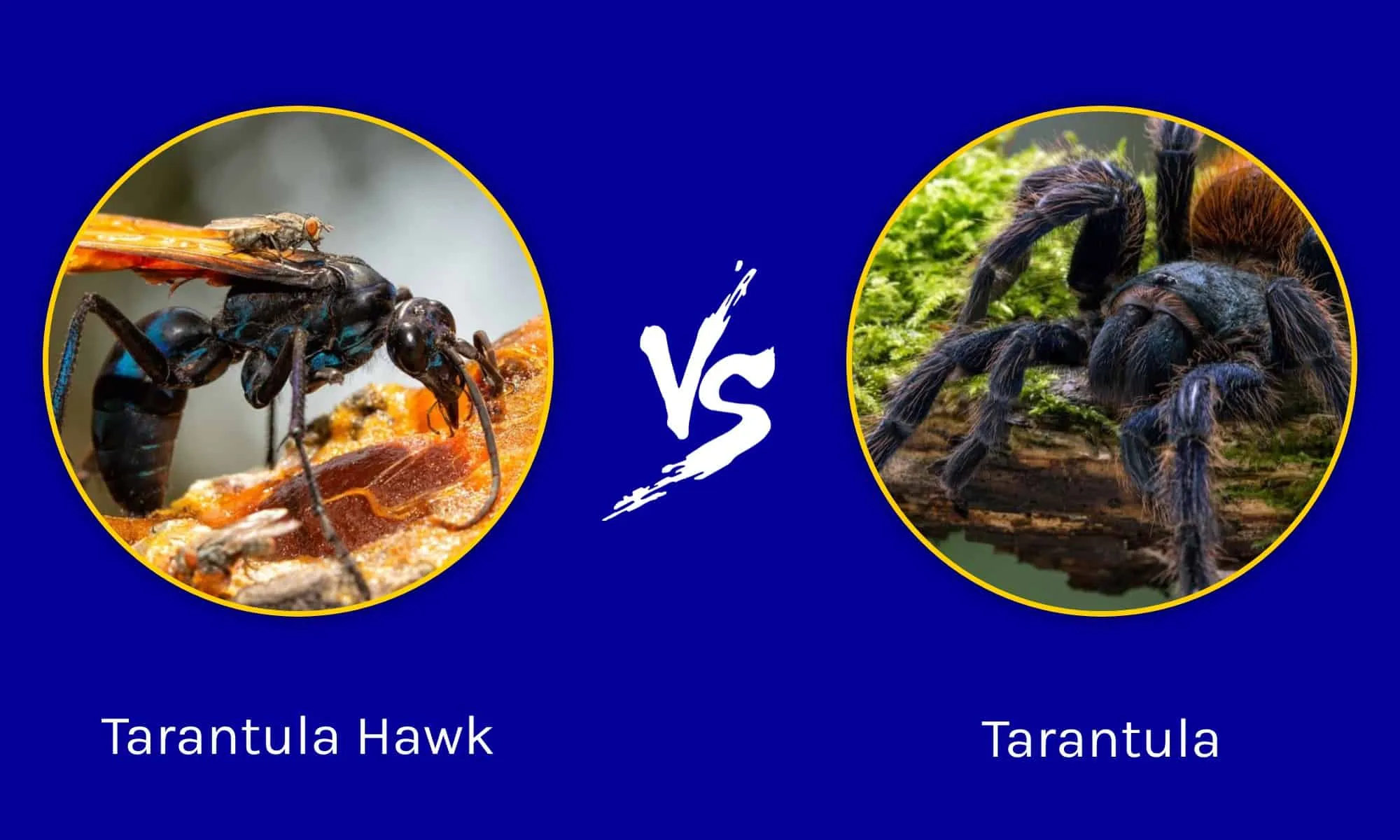
Wetas do not possess venom. Their bite, delivered by their strong mandibles, can be painful but is generally not dangerous to humans. The severity of the bite depends on the size of the weta and the sensitivity of the individual. However, the primary concern is the pain and potential for a secondary infection. The bite itself is a defense mechanism, designed to deter perceived threats. (Image: weta-bite.webp)
Are Tarantula Bites Dangerous
Tarantulas do possess venom, but their bites are generally not considered to be highly dangerous to humans. The venom is primarily used to subdue prey, and the effects on humans are usually similar to a bee sting. Some people may experience localized pain, swelling, and redness. However, allergic reactions can occur in rare cases. The primary danger associated with tarantula bites is the potential for secondary infections. (Image: tarantula-bite.webp)
7. Conservation Status
The conservation status of wetas and tarantulas varies depending on the species and their respective habitats. Understanding their conservation needs is crucial for ensuring their survival.
Weta Conservation Status
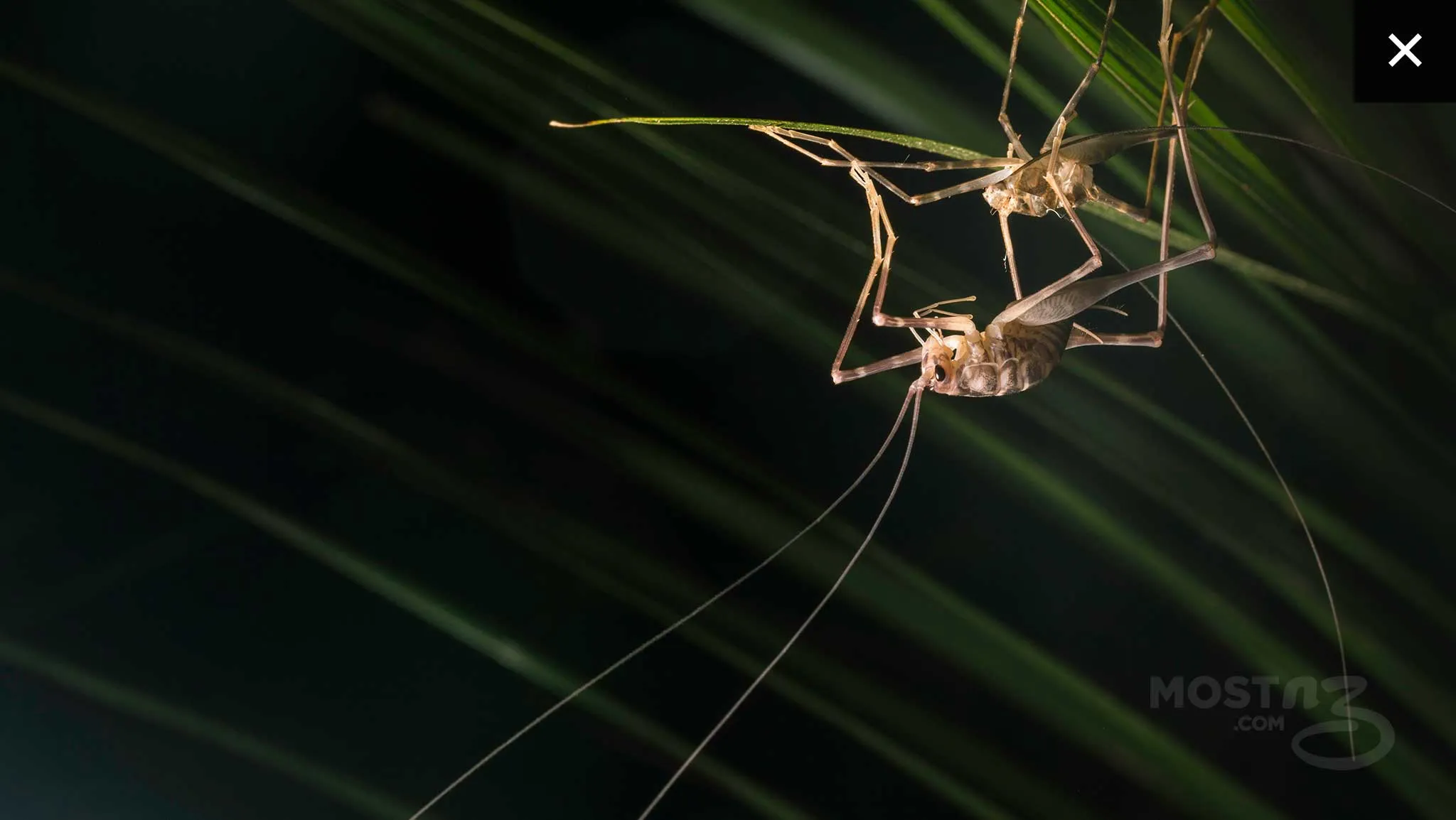
Many weta species are considered threatened or endangered. Habitat loss, introduced predators (such as rats and cats), and climate change pose significant threats to their populations. Conservation efforts include habitat restoration, predator control, and captive breeding programs. The unique biodiversity of New Zealand depends heavily on the survival of the weta, and conservation efforts are crucial to maintaining this biodiversity. (Image: weta-conservation.webp)
Tarantula Conservation Status
The conservation status of tarantulas varies by species. Some species are common, while others are threatened due to habitat loss, over-collection for the pet trade, and climate change. Conservation efforts include habitat protection, sustainable practices in the pet trade, and awareness campaigns. Protecting tarantulas and their habitats is vital to the overall health of their ecosystems. (Image: tarantula-conservation.webp)
In conclusion, while both wetas and tarantulas are fascinating creatures, they are distinct in many ways. From their size and appearance to their habitats, diets, defense mechanisms, lifespans, and conservation statuses, these arthropods offer a rich field of study. Appreciating their differences and similarities allows us to better understand the amazing diversity of life on Earth. These creatures highlight the incredible adaptability and resilience of life.
